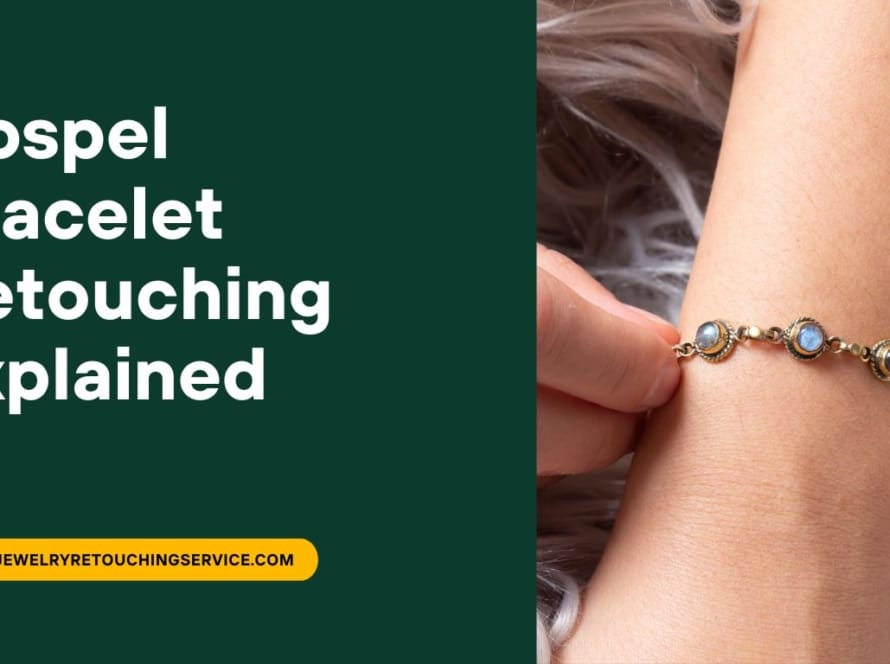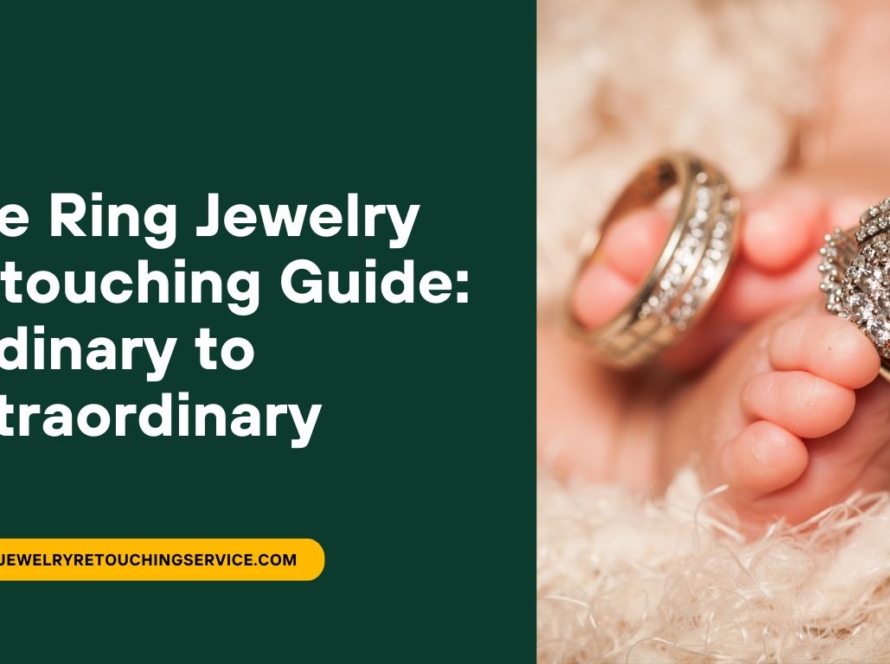Bolo tie is a type of necktie made of braided leather cord or fabric with a decorative clasp. It is a unique accessory that has been a part of western fashion for decades. The bolo tie is often associated with cowboys and western style, but it has become a popular accessory in contemporary fashion as well. In this section, we will discuss the history and significance of the bolo tie. Importance of Hiring a Professional for Bolo Tie Retouching.
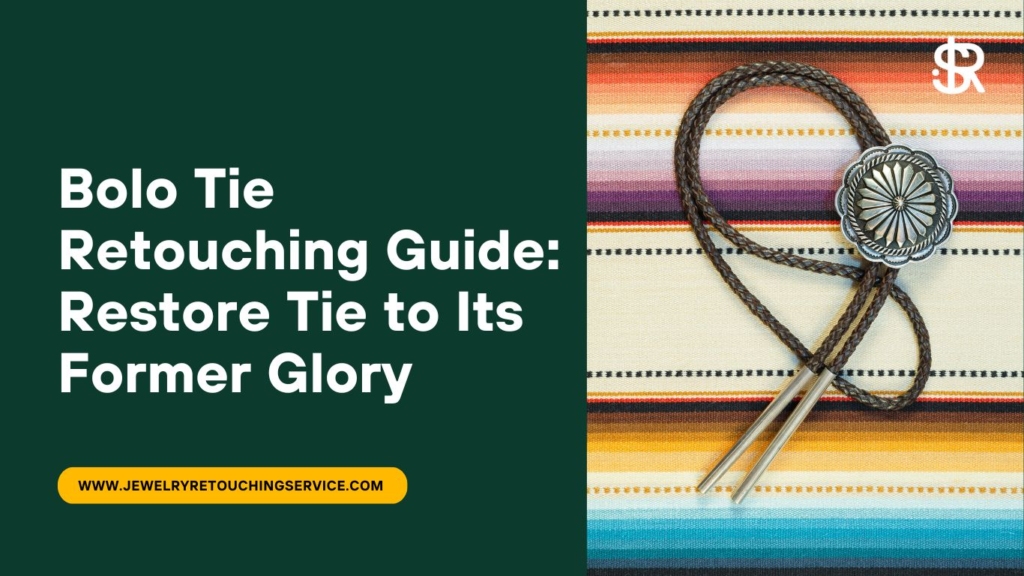
Understanding the Need for Bolo Tie Retouching:
Bolo ties can become dirty, stained, or damaged over time. This can take away from the beauty and elegance of the tie. Bolo tie retouching is a process that can help restore the tie’s appearance and extend its lifespan. This section will discuss the need for bolo tie retouching and its benefits. Bolo ties are a distinctive type of neckwear that have been worn for decades. They are a popular accessory for people who want to add a touch of western flair to their wardrobe. Bolo ties come in a variety of styles and materials, ranging from simple leather cords to ornate silver or gold-plated designs. However, like any other piece of jewelry or accessory, bolo ties can become dull, tarnished, or damaged over time. This is where bolo tie retouching comes in. By retouching your bolo tie, you can restore its original shine and beauty, making it look like new again. In this article, we’ll explore why bolo tie retouching is important, the benefits it offers, and how to do it properly.
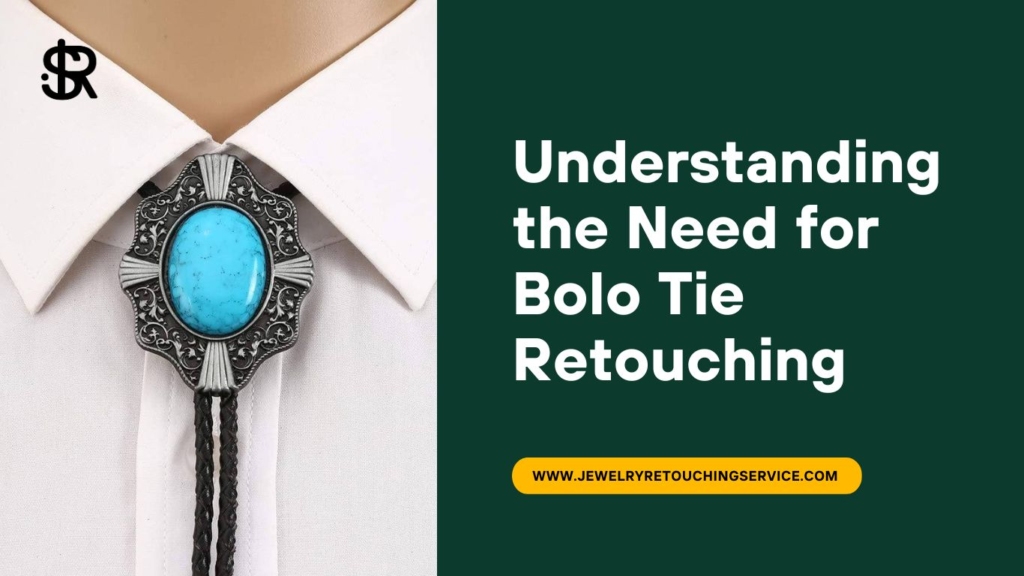
Different Types of Bolo Tie Retouching Techniques:
There are different techniques used for bolo tie retouching, depending on the type of damage or staining. In this section, we will discuss the various types of bolo tie retouching techniques, including cleaning, repairing, and polishing. Bolo tie retouching techniques can vary depending on the type of bolo tie and the materials it’s made of. Here are some of the different types of bolo tie retouching techniques:
Metal polishing – This technique is used for bolo ties that are made of metal, such as silver, gold, or brass. A metal polish is applied to remove tarnish and restore shine.
Stone polishing – For bolo ties that have stones or gems, a specialized stone polish is used to restore their shine and remove any stains or blemishes.
Leather conditioning – If your bolo tie has a leather cord or other leather components, you’ll need to condition the leather to keep it supple and prevent cracking.
Bead restringing – If your bolo tie has beads that are loose or missing, they can be re-strung using nylon or silk thread.
Component replacement – If your bolo tie has broken or missing components, such as a clasp or decorative piece, they can be replaced with new ones.
Wood or bone cleaning – For bolo ties that have wood or bone components, a specialized cleaner is used to remove dirt and stains and restore their natural shine.
Fabric cleaning – For bolo ties that have fabric components, such as a ribbon or a decorative piece, a gentle fabric cleaner is used to remove dirt and stains.
By using the appropriate retouching technique for your bolo tie, you can keep it looking its best and extend its lifespan.
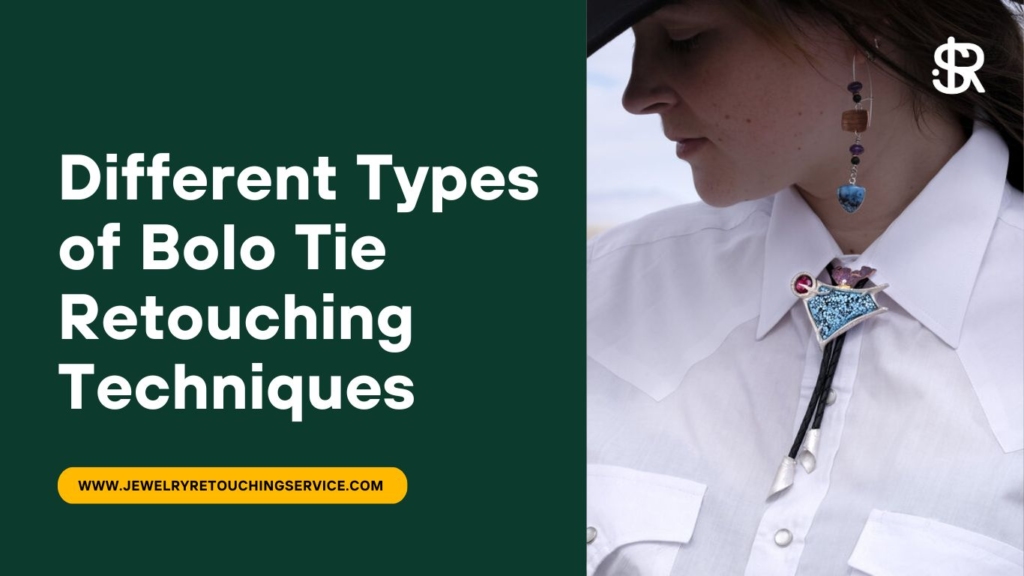
Step-by-Step Guide to Bolo Tie Retouching:
This section will provide a detailed guide on how to retouch a bolo tie. The guide will include step-by-step instructions on cleaning, repairing, and polishing the tie. Bolo tie retouching is a straightforward process that anyone can do at home. Follow these steps to clean, polish, and restore your bolo tie to its original shine:
Assess your bolo tie – Before you start retouching your bolo tie, take a close look at it to determine what kind of cleaning or repair it needs. If it’s just dirty or tarnished, you may only need to clean and polish it. If it has broken or missing components, you may need to repair or replace them.
Clean your bolo tie – Use a soft cloth or toothbrush to gently clean your bolo tie. If it’s particularly dirty, you can use a mild detergent and warm water to clean it. Be sure to rinse it thoroughly and dry it with a clean cloth.
Polish your bolo tie – If your bolo tie is made of metal, you can use a metal polish to remove tarnish and restore its shine. Apply the polish with a soft cloth, following the manufacturer’s instructions, and buff it with a clean cloth. If your bolo tie has other materials, like wood or stone, use a specialized polish for those materials.
Condition your bolo tie – If your bolo tie has leather components, you’ll need to condition them to prevent cracking and maintain their suppleness. Apply a small amount of leather conditioner to a soft cloth and rub it onto the leather parts of your bolo tie. Be sure to wipe off any excess conditioner.
Adjust or repair components – If your bolo tie has small components that need to be adjusted or repaired, you can use small pliers to do the job. Be gentle and make sure not to damage the components or the rest of your bolo tie.
Store your bolo tie – Once you’ve retouched your bolo tie, store it in a dry, cool place, away from sunlight and moisture. You can wrap it in a soft cloth or store it in a protective case to prevent scratches and other damage.
By following these simple steps, you can retouch your bolo tie and keep it looking its best for years to come.
Materials Required for Bolo Tie Retouching:
Different materials are required for bolo tie retouching, depending on the type of damage or staining. In this section, we will discuss the various materials required for bolo tie retouching, including cleaning solutions, polishing cloths, and repair materials.
Bolo tie retouching is a simple process that can be done with a few basic materials. Here’s what you’ll need:
Soft cloth – A soft, non-abrasive cloth is essential for cleaning and polishing your bolo tie.
Mild detergent – You may need a mild detergent to clean your bolo tie if it’s particularly dirty or has stains.
Toothbrush – A soft-bristled toothbrush can be useful for cleaning hard-to-reach areas on your bolo tie.
Metal polish – If your bolo tie is made of metal, you may need a metal polish to remove tarnish or other blemishes.
Leather conditioner – If your bolo tie has a leather cord or other leather components, you’ll need a leather conditioner to keep it supple and prevent cracking.
Jeweler’s cloth – A jeweler’s cloth is a specialized cloth that’s designed to remove tarnish and bring back the shine on metal jewelry.
Small pliers – If your bolo tie has small components that need to be adjusted or repaired, you may need a pair of small pliers to do the job.
With these materials on hand, you’ll be able to clean and restore your bolo tie to its former glory.
Tips for Maintaining Bolo Tie after Retouching:
Once a bolo tie has been retouched, it is essential to take care of it to maintain its appearance and extend its lifespan. This section will provide tips on how to maintain a bolo tie after retouching, including storage, cleaning, and handling.
Common Bolo Tie Retouching Mistakes to Avoid:
Bolo tie retouching requires skill and expertise. Inexperienced individuals may make mistakes that can damage the tie. In this section, we will discuss common bolo tie retouching mistakes to avoid.
Importance of Hiring a Professional for Bolo Tie Retouching:
Bolo tie retouching is a delicate process that requires skill and expertise. This section will discuss the importance of hiring a professional for bolo tie retouching and the benefits of doing so.
Cost of Bolo Tie Retouching Services:
The cost of bolo tie retouching services varies depending on the type of damage and the extent of the work required. This section will discuss the average cost of bolo tie retouching services and factors that affect the cost.
Frequently Asked Questions about Bolo Tie Retouching:
This section will answer some of the most commonly asked questions about bolo tie retouching, including how often it should be done, how long it takes, and how to choose a retouching service.

